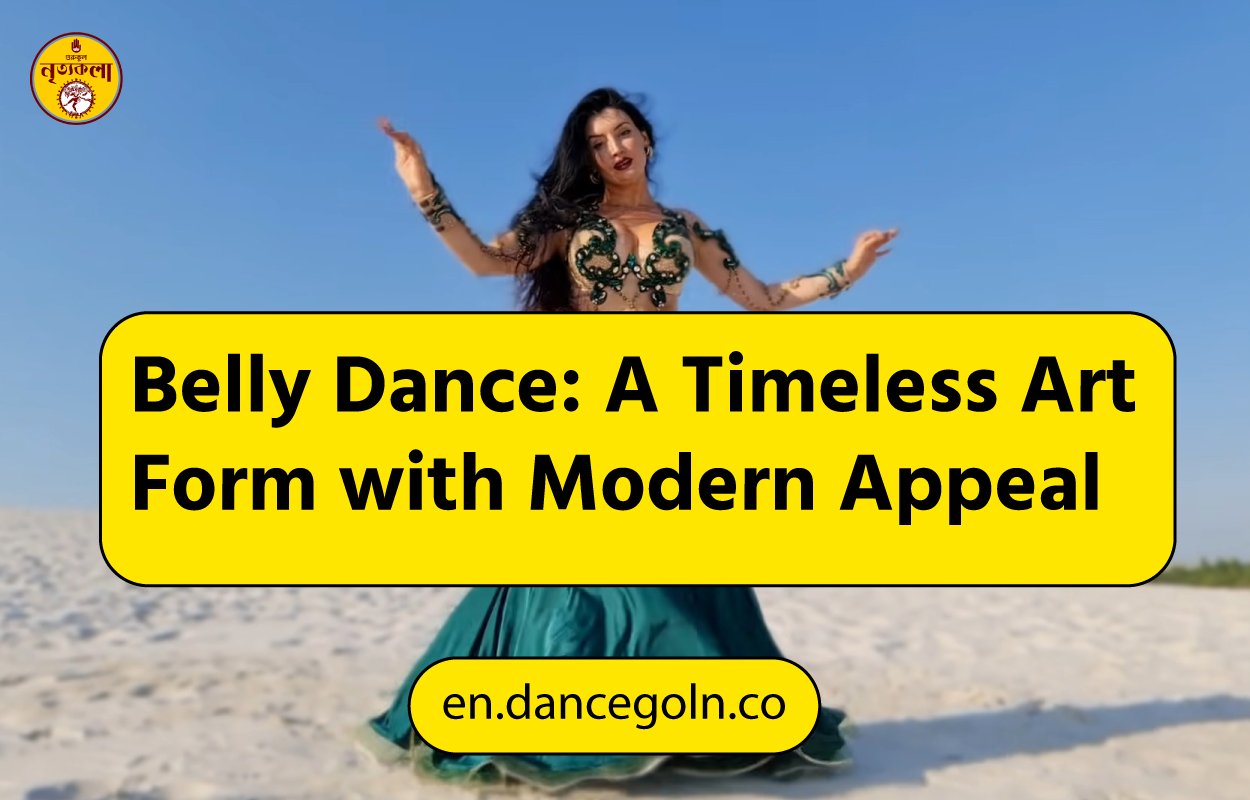Belly dance, a captivating and graceful dance form, has been enchanting audiences for centuries. Originating in the Middle East, belly dance, known as “Raqs Sharqi” in Arabic, has evolved into a global phenomenon, celebrated for its fluid movements, rhythmic shimmies, and expressive gestures. This dance form not only serves as a cultural expression but also as a popular fitness activity that empowers women and promotes body positivity.
Table of Contents
Belly Dance
The Origins and History of Belly Dance
Belly dance’s origins are somewhat elusive, with various theories tracing its roots back to ancient civilizations in Egypt, Mesopotamia, and India. Some believe that belly dance was initially performed as a fertility ritual or as part of religious ceremonies. Others suggest that it was a form of entertainment in the palaces and courts of Middle Eastern royalty.
The dance gained prominence in Egypt during the 18th and 19th centuries, particularly in Cairo, where it became a popular form of entertainment at weddings, festivals, and in the streets. By the early 20th century, belly dance began to spread beyond the Middle East, especially after the world fairs in Europe and the United States, where it was introduced to Western audiences.
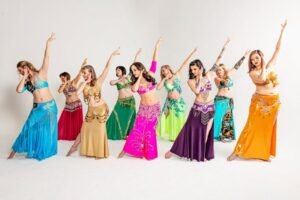
Key Elements of Belly Dance
Belly dance is characterized by its focus on intricate movements of the torso, particularly the hips, abdomen, and chest. Unlike many Western dance forms, which often emphasize large, sweeping movements, belly dance highlights subtle, controlled isolations and shimmies. Here are some of the key elements that define belly dance:
1. Hip Movements: The most iconic aspect of belly dance is the use of hip movements. These include hip drops, lifts, circles, and figure-eights. These movements can be slow and sensual or fast and rhythmic, depending on the music.
2. Torso Isolations: Belly dancers often isolate their torso, creating undulations and waves with their abdomen and chest. These movements require a great deal of control and are often combined with hip movements.
3. Shimmies: Shimmies are rapid, vibrating movements that can be performed with the hips, shoulders, or entire body. They add a lively and dynamic element to the dance.
4. Arm and Hand Gestures: The arms and hands play a crucial role in framing the body and accentuating movements. Graceful arm waves, wrist circles, and hand flourishes are common.
5. Footwork: While belly dance primarily focuses on the upper body, footwork is essential for maintaining balance and transitioning between movements. Simple steps, turns, and slides are often used.
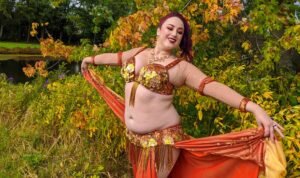
The Evolution of Belly Dance
Over the years, belly dance has undergone significant evolution, with various styles emerging from different regions and cultural influences. Some of the most popular styles include:
1. Egyptian Style: Often considered the classical form of belly dance, Egyptian style is elegant and refined, with an emphasis on controlled movements and graceful arm work. It includes both Raqs Sharqi (oriental dance) and Baladi, a folk style with more grounded movements.
2. Turkish Style: Turkish belly dance is known for its energetic and lively nature. It often features faster tempos, bold shimmies, and dramatic floor work. The use of finger cymbals, known as zills, is common in Turkish performances.
3. American Tribal Style (ATS): Developed in the United States in the 20th century, ATS is a fusion of Middle Eastern, Indian, and North African dance elements. It is often performed in a group setting, with dancers improvising in sync based on cues from a leader.
4. Fusion Styles: Modern belly dance has seen the emergence of various fusion styles, blending belly dance with elements from other dance forms such as hip-hop, flamenco, and contemporary dance. These styles push the boundaries of traditional belly dance and appeal to a broader audience.
The Health Benefits of Belly Dance
Belly dance is not only an art form but also an excellent way to stay fit and healthy. The dance offers a range of physical and mental health benefits, making it a popular choice for fitness enthusiasts of all ages and body types.
1. Core Strengthening: Belly dance is a fantastic workout for the core muscles. The isolations, undulations, and shimmies target the abdominal muscles, helping to tone and strengthen the core.
2. Flexibility and Posture: The dance’s emphasis on fluid, flowing movements promotes flexibility in the spine, hips, and shoulders. Regular practice can improve posture and reduce the risk of back pain.
3. Cardiovascular Health: Depending on the intensity, belly dance can provide a moderate to high cardiovascular workout. The continuous movement and rhythmic footwork help increase heart rate and improve overall cardiovascular health.
4. Body Positivity: Belly dance celebrates the natural curves and movements of the body. It promotes body positivity by encouraging dancers to embrace their bodies and express themselves freely, regardless of size or shape.
5. Stress Relief: Like many forms of dance, belly dance is an excellent way to relieve stress and improve mental well-being. The combination of movement, music, and self-expression helps release endorphins, reducing stress and anxiety.
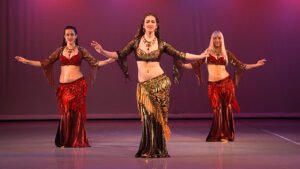
Belly Dance as a Cultural and Artistic Expression
Belly dance is deeply rooted in Middle Eastern culture, where it is often performed at celebrations, weddings, and festivals. In these contexts, the dance is not just entertainment but a form of cultural expression, connecting people to their heritage and traditions.
In the Western world, belly dance has taken on new meanings and purposes. For some, it is a form of exercise; for others, it is a way to explore and appreciate different cultures. Many dancers see belly dance as a feminist art form, empowering women to take control of their bodies and express themselves creatively.
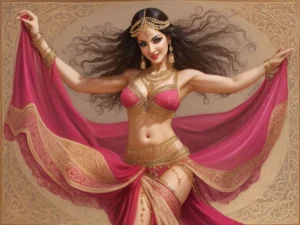
Belly dance is a timeless art form that continues to captivate and inspire people around the world. Whether practiced for fitness, cultural connection, or artistic expression, belly dance offers a unique and fulfilling experience. Its rich history, diverse styles, and numerous health benefits make it a dance form that resonates with people of all backgrounds and ages. Whether you’re a seasoned dancer or just starting, belly dance invites you to explore the beauty and power of movement.
See More:
